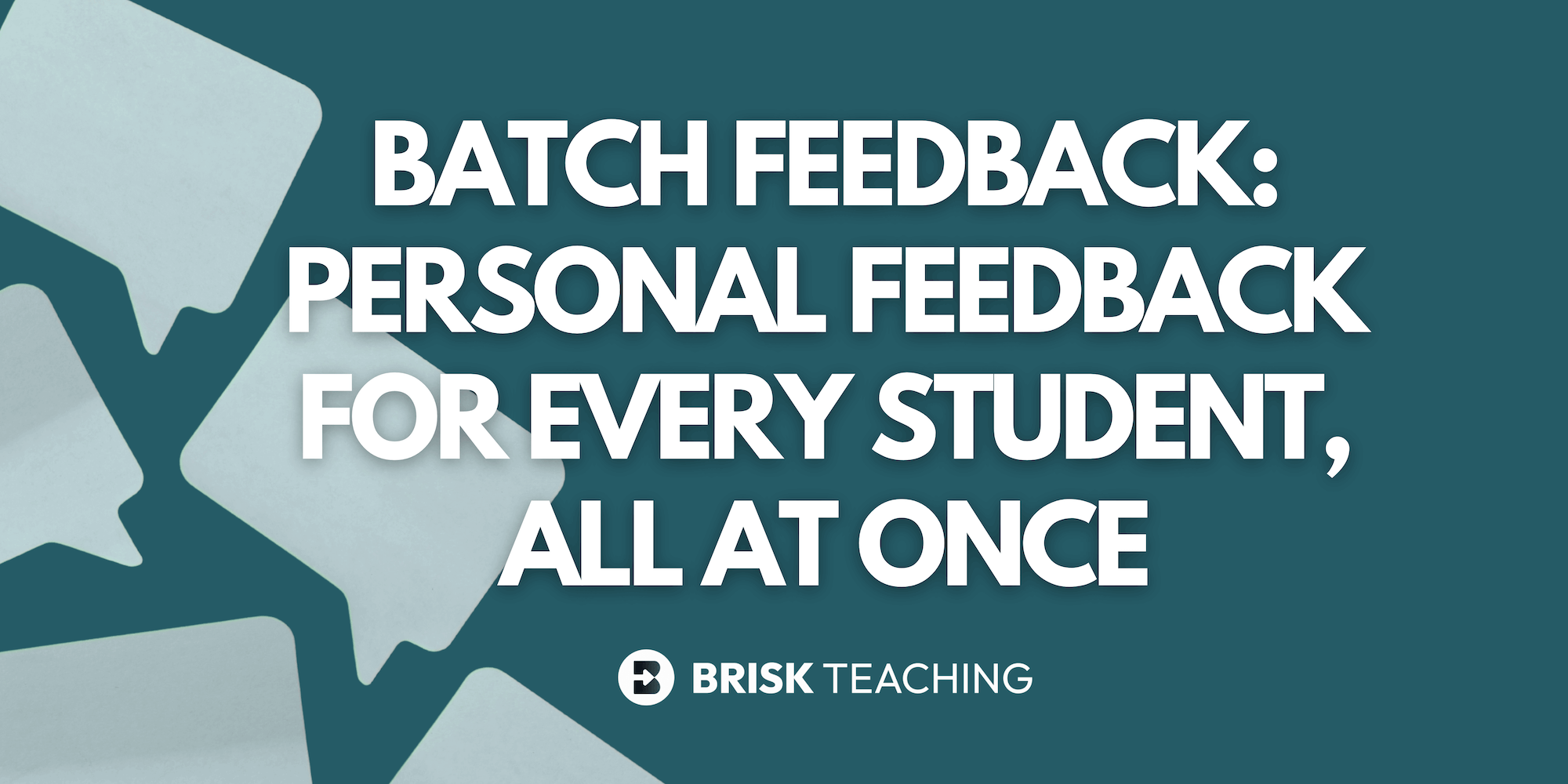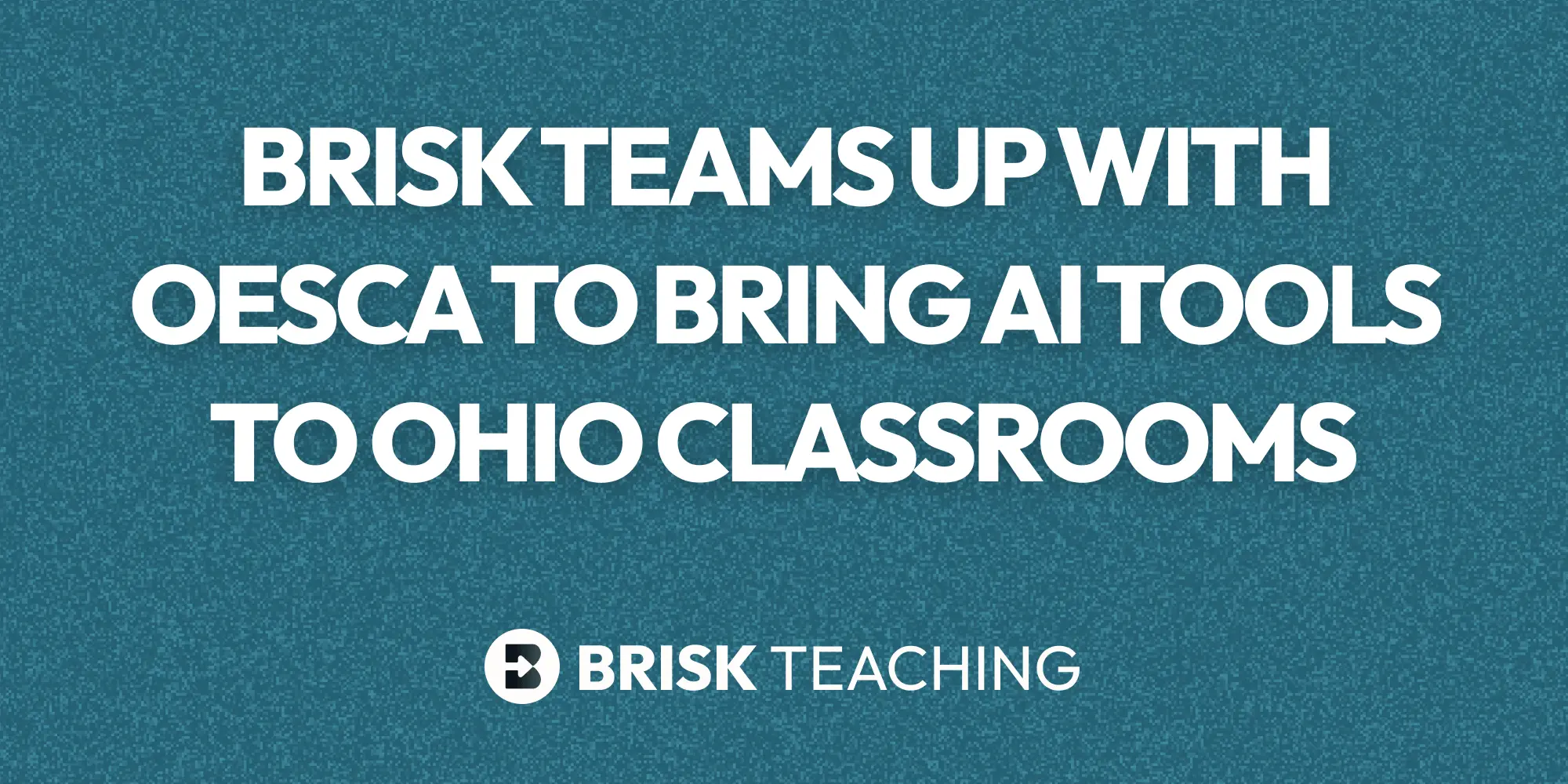Common Core Lesson Plan - Parts of Speech
Objectives:
- Students will be able to identify and define the eight parts of speech: noun, pronoun, verb, adjective, adverb, preposition, conjunction, and interjection.
- Students will be able to correctly use the different parts of speech in sentences.
Materials:
- Whiteboard or blackboard
- Markers or chalk
- Handouts with sentences for practice
- Pencils or pens
Bell-Ringer Activity:
- Display a sentence on the board and ask students to identify the parts of speech in the sentence. For example: "The cat jumped over the fence." Students can work individually or in pairs to identify the parts of speech.
Direct Instruction:
Introduction:
1. Begin by asking students if they know what a part of speech is. Allow for a brief discussion.
2. Explain that a part of speech is a category of words that have similar grammatical properties and functions in a sentence.
3. Inform students that there are eight main parts of speech: noun, pronoun, verb, adjective, adverb, preposition, conjunction, and interjection.
4. Emphasize that understanding the different parts of speech is important for constructing sentences correctly and effectively.
Part 1: Noun
1. Write the word "noun" on the board.
2. Explain that a noun is a word that names a person, place, thing, or idea.
3. Provide examples of nouns such as "dog," "city," "book," and "love."
4. Ask students to come up with their own examples of nouns and write them on the board.
Part 2: Pronoun
1. Write the word "pronoun" on the board.
2. Explain that a pronoun is a word that takes the place of a noun.
3. Provide examples of pronouns such as "he," "she," "it," and "they."
4. Ask students to come up with their own examples of pronouns and write them on the board.
Part 3: Verb
1. Write the word "verb" on the board.
2. Explain that a verb is a word that expresses an action or a state of being.
3. Provide examples of verbs such as "run," "eat," "is," and "play."
4. Ask students to come up with their own examples of verbs and write them on the board.
Part 4: Adjective
1. Write the word "adjective" on the board.
2. Explain that an adjective is a word that describes or modifies a noun.
3. Provide examples of adjectives such as "happy," "big," "beautiful," and "tasty."
4. Ask students to come up with their own examples of adjectives and write them on the board.
Part 5: Adverb
1. Write the word "adverb" on the board.
2. Explain that an adverb is a word that describes or modifies a verb, adjective, or another adverb.
3. Provide examples of adverbs such as "quickly," "very," "loudly," and "carefully."
4. Ask students to come up with their own examples of adverbs and write them on the board.
Part 6: Preposition
1. Write the word "preposition" on the board.
2. Explain that a preposition is a word that shows the relationship between a noun or pronoun and another word in the sentence.
3. Provide examples of prepositions such as "in," "on," "under," and "between."
4. Ask students to come up with their own examples of prepositions and write them on the board.
Part 7: Conjunction
1. Write the word "conjunction" on the board.
2. Explain that a conjunction is a word that connects words, phrases, or clauses.
3. Provide examples of conjunctions such as "and," "but," "or," and "because."
4. Ask students to come up with their own examples of conjunctions and write them on the board.
Part 8: Interjection
1. Write the word "interjection" on the board.
2. Explain that an interjection is a word or phrase that expresses strong emotion or surprise.
3. Provide examples of interjections such as "wow," "ouch," "oh," and "yay."
4. Ask students to come up with their own examples of interjections and write them on the board.
Guided Practice:
- Distribute handouts with sentences for practice (included below). Instruct students to identify the parts of speech in each sentence and write them down. Walk around the classroom to provide assistance and answer any questions.
Independent Practice:
- Ask students to write one sentence containing all the different parts of speech, and have them label each one. Encourage them to be creative and use a variety of words. Collect the sentences for assessment purposes.
Exit Ticket:
- Give students a short quiz (included below) on the parts of speech. This will allow you to assess their understanding of the lesson.
Closure:
- Review the different parts of speech with the class, emphasizing their definitions and examples. Ask students if they have any questions or if there is anything they would like to review.
- Remind students that understanding the parts of speech is important for improving their writing and communication skills.
- End the lesson by summarizing the main points and thanking the students for their participation.
Resources - Parts of Speech
Guided Practice Examples:
1. The tall girl ran quickly to catch the bus.
2. My brother and I went to the park to play soccer.
3. The delicious pizza smelled amazing.
4. The cat lazily stretched out on the warm windowsill.
5. After school, we will meet at the library to study.
6. Wow! What a beautiful sunset!
7. The teacher patiently explained the math problem.
8. The dog barked loudly at the mailman.
9. I love to read books about adventure and mystery.
10. Please pass me the red pen.
Exit Ticket Quiz
Question 1:
Which of the following is a noun?
a) Run
b) Beautiful
c) Table
d) Quickly
Question 2:
Identify the pronoun in the following sentence: "She went to the store to buy groceries."
a) went
b) to
c) store
d) She
Question 3:
Choose the correct verb form to complete the sentence: "The dog _______ in the park."
a) running
b) run
c) runs
d) ran
Question 4:
Which of the following is an adjective?
a) Jump
b) Quickly
c) And
d) The
Question 5:
Identify the adverb in the following sentence: "He spoke softly to avoid waking the baby."
a) He
b) spoke
c) softly
d) waking
Question 6:
Select the correct preposition to complete the sentence: "The book is _______ the shelf."
a) on
b) with
c) for
d) but
Question 7:
Which of the following is a conjunction?
a) Happy
b) And
c) Singing
d) Under
Question 8:
Identify the interjection in the following sentence: "Wow, that was an amazing performance!"
a) was
b) an
c) amazing
d) Wow
Question 9:
Choose the correct part of speech for the word "quickly" in the sentence: "She ran quickly to catch the bus."
a) Noun
b) Pronoun
c) Verb
d) Adverb
Question 10:
Which of the following is not a part of speech?
a) Noun
b) Pronoun
c) Verb
d) Sentence
Note: If you need to add new questions to this quiz, please provide the new questions and specify where they should be inserted.
Answer Key:
Question 1: c) Table
Question 2: d) She
Question 3: c) runs
Question 4: b) Quickly
Question 5: c) softly
Question 6: a) on
Question 7: b) And
Question 8: d) Wow
Question 9: d) Adverb
Question 10: d) Sentence
.webp)
.webp)






